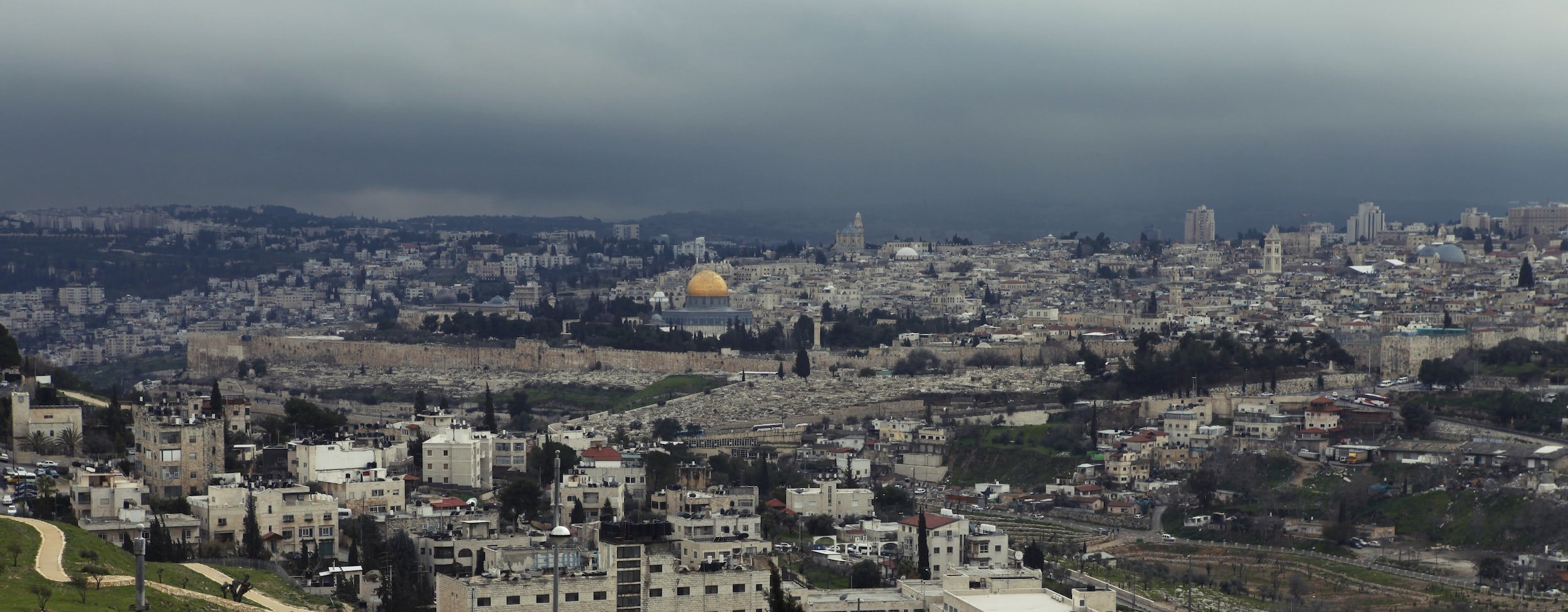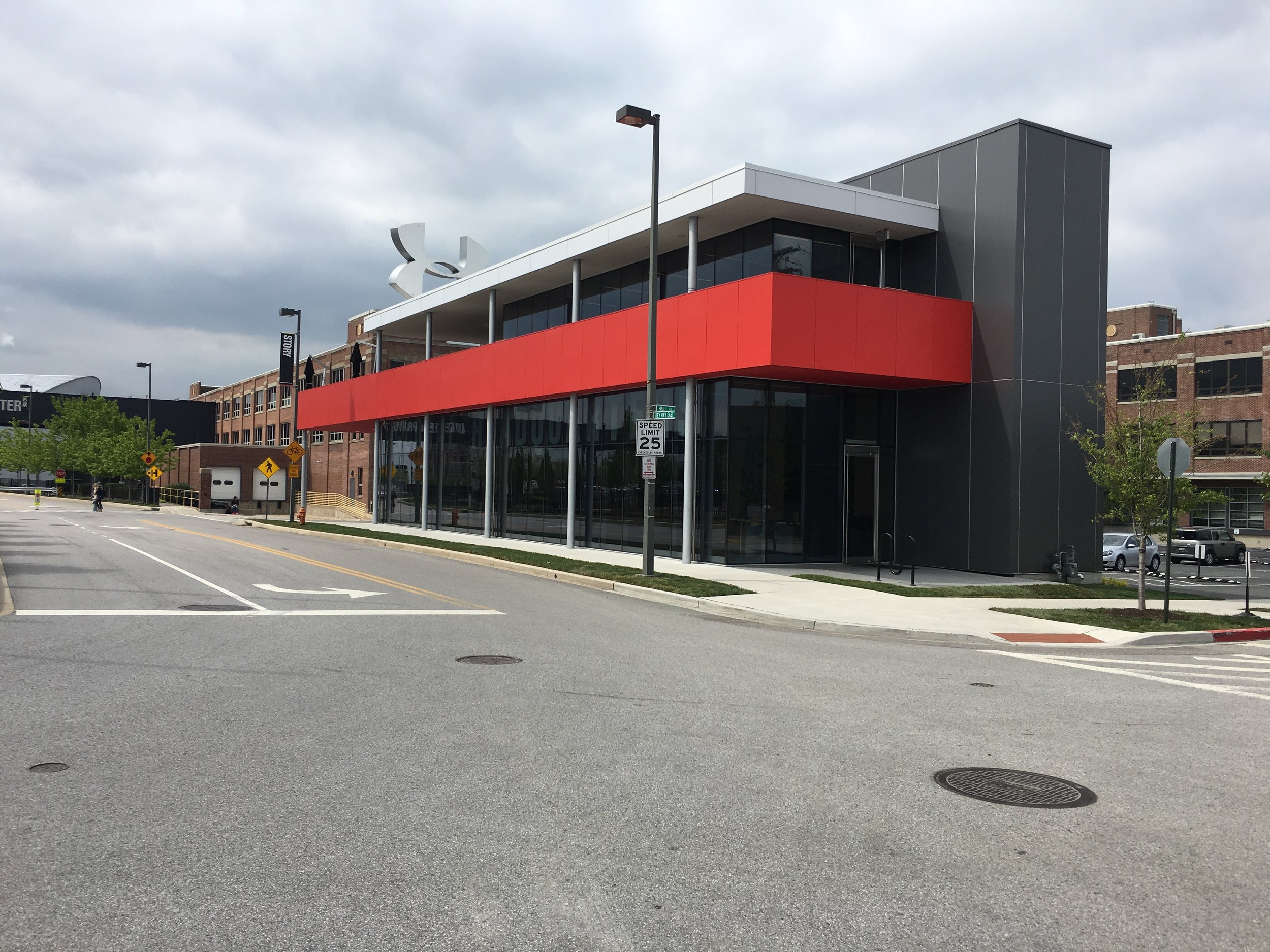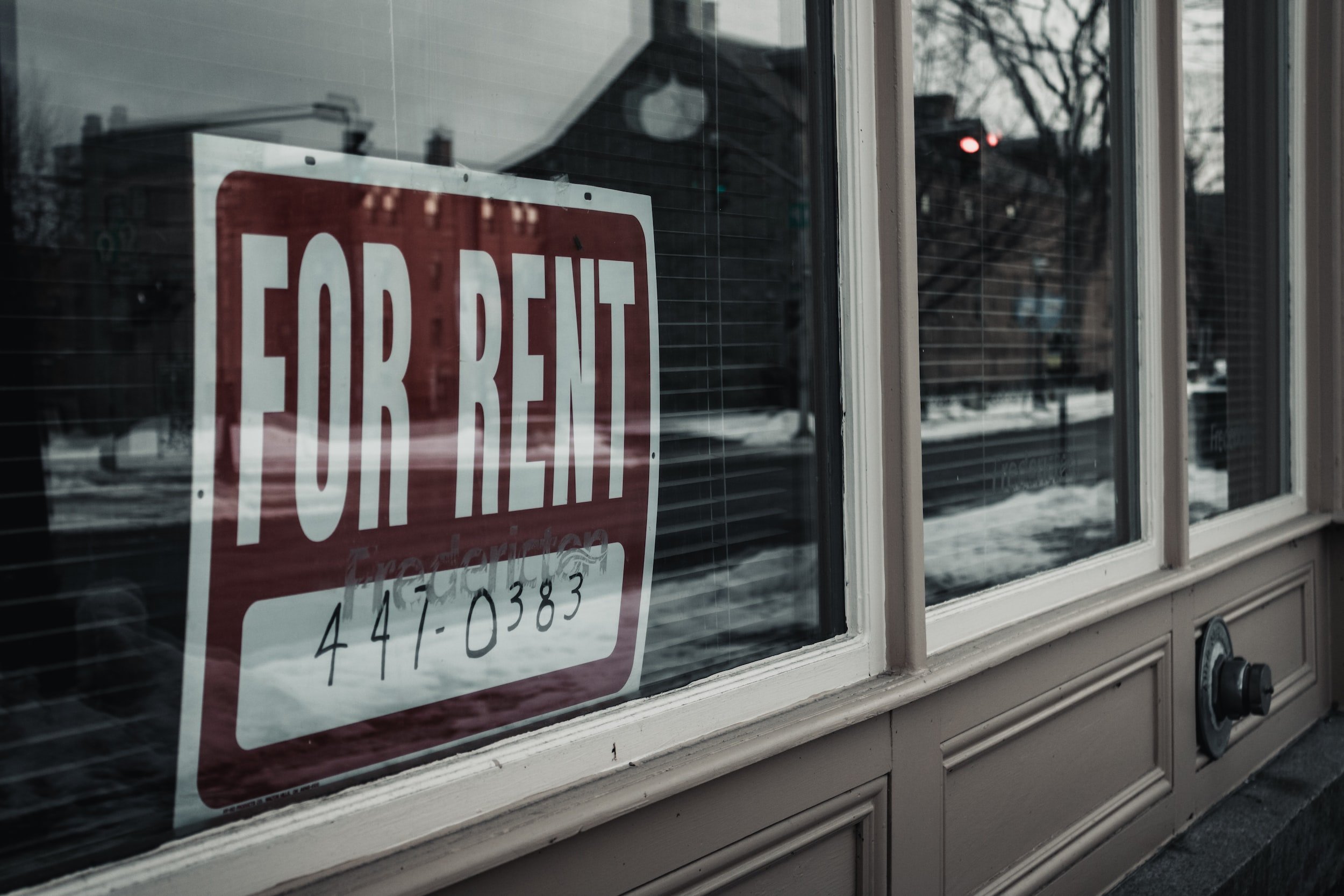
Norton E. Long: Public Intellectual Extraordinaire
Norton E. Long (1910-1993), through his writings, teaching, mentoring, and extensive public service, was an extraordinary public intellectual. He was committed to understanding and improving governance and the functioning of public bureaucracy in a democratic society; making the public interest and improving the human condition the core missions for civic participation and leadership; and warned of the perils of a racially-segregated metropolis and society.

Homeowners Saying “Yes, In My Back Yard”: Evidence from Israel
What if there is a way to harness the interests of the incumbent homeowners to encourage urban development rather than prevent it? In a new article published in Urban Affairs Review – "Homeowners Saying ‘Yes, In My Back Yard’: Evidence from Israel" – I argue that NIMBYism is not the sole expression of their self-interest, or even the dominant one. In Israel a mature system for the demolition and densification of existing residential buildings has changed the preferences and behavior of many homeowners, who now can directly benefit from the upzoning of their neighborhoods through deals with developers.

Housing Vouchers Can Reduce Children’s Exposure to Neighborhood Disadvantage and Be a Tool to Reduce Racial and Ethnic Inequality in Neighborhood Attainment
American cities are heavily segregated by race and income, reflecting a legacy of racism and a housing policy heavily tilted toward White suburban homeowners. Recent research suggests that the economic impact of growing up in a poor neighborhood is significant – children can experience reduced rates of economic mobility, which reduces adult earnings and employment. For very poor children, moving to a high-opportunity neighborhood early in life can significantly affect future economic outcomes.

“Building Together” in Baltimore?
Hudson Yards in New York City. L.A. Live in Los Angeles. Penn’s Landing in Philadelphia. The Amazon HQ2 in Crystal City, Virginia. Cities in the U.S. are competing with each other for corporate investment and population growth, and mega-developments are an increasingly popular way to redevelop distressed urban areas. But can multi-million dollar mega-development projects serve as revitalization engines for cities while building partnerships and neighborhood capacities for economically struggling communities?

How Landlords of Small Rental Properties Decide Who Gets Housed and Who Gets Evicted
About half of US rental housing is held by small-scale “mom and pop” owners. These owners often have only one or two units and, historically, have rarely drawn the attention of scholars or policymakers. However recent work on eviction and the impact of the Covid-19 pandemic and eviction moratoriums on small-scale landlords have brought “mom and pop” owners into the headlines.

Revisiting Medellin’s Governance Arrangement After the Dust Settled
Emerging from the profound crises that decimated the economy and social fabric of Colombia’s second city Medellin in the period 1980-2000, a grassroots movement and a powerful corporate group (GEA) formed a governing alliance that assured the world that the city had risen from the ashes. The new millennium saw strategic signature interventions in the poorest and most violent sectors of the city which captured the attention of the world while a public-private partnership consolidated the interests of the corporate group.

Where in Los Angeles Do Homeless People Sleep?
One distinctive characteristic of homelessness in Los Angeles is its higher share of the homeless population which is unsheltered. Approximately 72% of the total homeless population in this area remains unsheltered, much higher than the national average of 35%. As a result, the Los Angeles area contains roughly a quarter of all unsheltered homeless people in the nation. The number of unsheltered homeless individuals in Los Angeles is also more than ten times that of New York City—the city with the highest homeless population in the US.

Metamorphic Metropolises
Imagine that residents of New York City awoke tomorrow to reports that the governor of New York State had authorized, without public consultation, a far-reaching change to the city’s territorial map: Brooklyn would be split into two boroughs and the Bronx would merge with newly annexed Westchester County to form a northern mega-borough. This would be huge and highly contentious news for New Yorkers, with far-reaching implications for business, housing, infrastructure, public services, and governmental operations across the metropolis.

Mapping Racial Capital
In our new UAR article, we look at race and gentrification in three Chicago neighborhoods: Garfield Park, Pilsen and Humboldt Park, where we map changes in demographics, property value, and material conditions. We know that gentrification is not always linear, and its multiple causes not universal, but enacted through urban phenomena as disparate as toxic loans, planned gallery districts, and subway restoration.

Does an Increased Share of Black Police Officers Decrease Racial Discrimination in Law Enforcement?
The police force’s discriminatory treatment toward Black residents has long been a significant social issue in the U.S. There is substantial empirical evidence showing that Black people are more likely than White people to be stopped-and-frisked and to be arrested for minor offenses. The issue of discriminatory policing has become more publicly salient over the last few years following several high-profile police-involved deaths of Black residents.

Neighborhood-Based Business Improvement Districts (BIDs)
In September 2020, the Swedish government commissioned the National Board of Housing, Building and Planning to “review any obstacles for using the BID method” to help address socio-economic exclusion in struggling urban areas. Stressing BIDs’ putative success in dealing with similar issues in other parts of the world, the government has argued that coalitions of local property owners, together with residents and public actors, could help “lift” socio-economically challenged neighborhoods out of poverty through real estate investments, crime prevention, and security measures.

Beyond Urban Displacement: Suburban Poverty and Eviction
Eviction is often seen as a city problem. We tend to think of the eviction crisis as playing out in urban neighborhoods, both in high-poverty places where eviction is a constant threat and in gentrifying neighborhoods where long-term residents may be at growing risk of being forced out. This overlooks what's going on outside of inner cities, leaving us blind to eviction patterns in suburban areas.

Some Reflections on State of the Cities: India
This essay is meant to sum up and bring the forum on the State of the Cities: India Report (SOCR) to a close. The previous essays have introduced the SOCR and complemented it with observations and perspectives of a distinguished panel of international experts, made initially at a webinar held under the auspices of the Munk School of Global Affairs and Public Policy (University of Toronto) and subsequently scripted for the Urban Affairs Forum.

Urbanism and Citizenship Rights in India
Our understanding of Indian urbanization is as amorphous as the sprawling megacities, mofussil towns and quasi-urban rural settlements that constitute it. Characterised simultaneously as too fast and too slow, as ‘messy’ yet dynamic, ‘hidden’ yet self-evident, urbanization in India is assumed to be transformative yet found to be insufficiently so. What’s actually going on here?

From the State of the Cities to the Future of the Cities
One of the major contributions of the report is that it questions the meaning of “the urban” and demonstrates the complexity in the measures of urbanization. From large cities to urban peripheries to census towns, the different forms of spatiality have different logics of growth and present different answers to the central question: How urban is India?

Are Indian Cities Urban?
The question I pose here, while inspired by Prof. Mathur’s provocation, is, however, slightly different. What I wish to ask is whether Indian cities are truly urban. What do I mean by that? I mean that urbanization is usually associated with social emancipation and political agency and economic progress. It is for these qualities that the process of urban transformation is imbricated with not just growth, but development, the reason why it is so desired and also the reason why it is resisted. How do Indian cities fare on these metrics?

Urban Governance and Municipal Finance in India
The study emphasizes two points of interest in this connection. First, as in most countries, most attention has been paid to big metropolitan urban areas on one hand and poor rural areas on the other hand. However, as this study shows, a large and increasing share of urban development in India has been in smaller cities and in areas classified as rural. Second, there are huge differences between states and also, though this is not as emphasized, within states.

How Is India Urban?
This brief commentary raises two questions and offers one critical comment. Both questions relate to the notion that India’s urbanization is markedly slow; in comparison to most other countries, but also in view of India’s substantial economic growth of recent decades. This notion is, and has been, contested, in part on the basis of claims that the Indian census underestimates urban growth but even then, according to most accounts, urban growth is at best modest.

State of the Cities: India Report
Urbanization – irrespective of how it may be defined, interpreted, or perceived, has acquired a “space” for itself in India’s development trajectory. Consisting of 7,933 cities and towns of different population sizes and a population of 377.1 million persons (2011 census) – comparable to that of China for that year – India has the second largest system in the world. At current urban population growth rates, India’s urban population, according to the United Nations, will reach a high of 857 million by the year 2050 AD!

An Introduction to the Forum on the State of the Cities: India Report (SOCR)
The forum starts here with an introduction of the webinar event by Bharat Punjabi, followed by an overview of the SOCR by the lead author of the report, Om Prakash Mathur. The following essays by Jan Nijman, Richard Bird, Partha Mukhopadhyay, Yue Zhang, and Shahana Chattaraj provide reflections on the SOCR and India’s urbanization from an interdisciplinary perspective. The forum concludes with Om Prakash Mathur’s response to some of the questions raised by the panelists. In publishing this forum, we hope to invite more scholarly debates on global urbanization, especially the drastic urban transformation in the Global South.